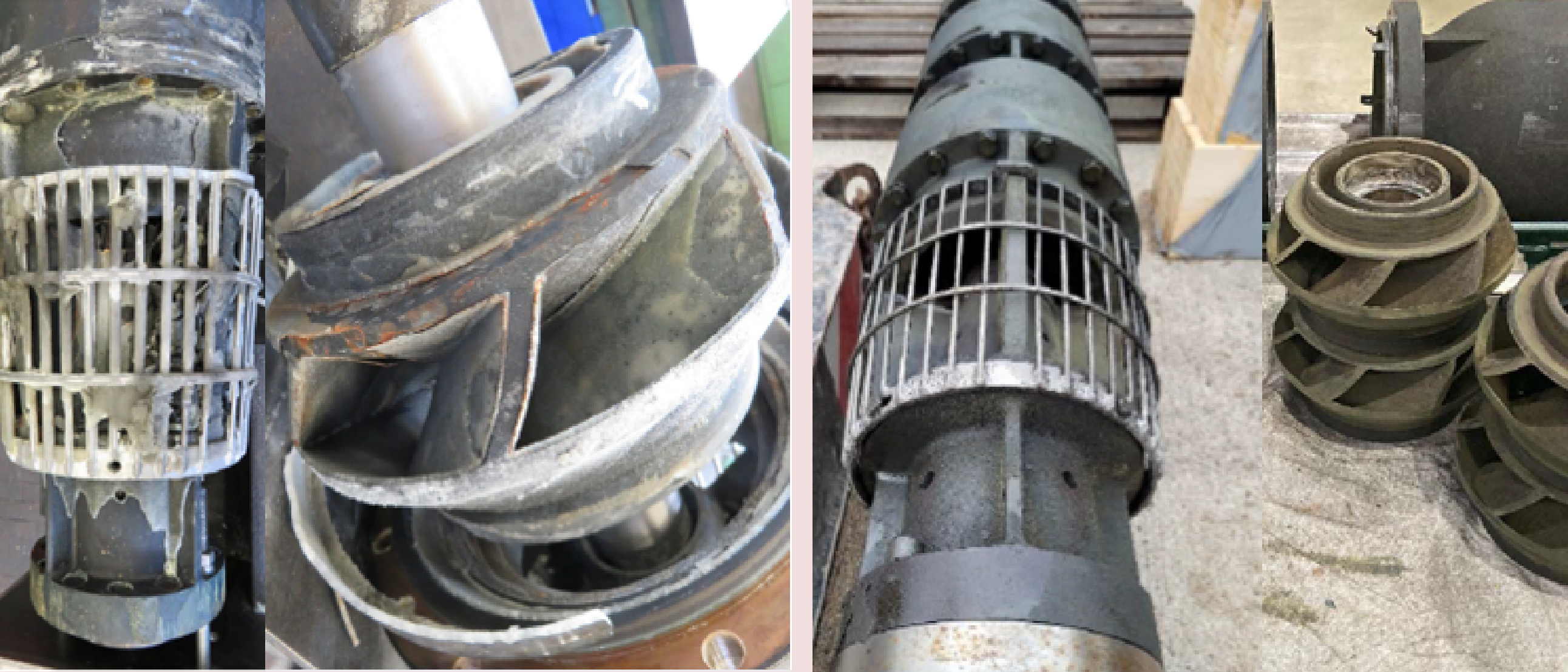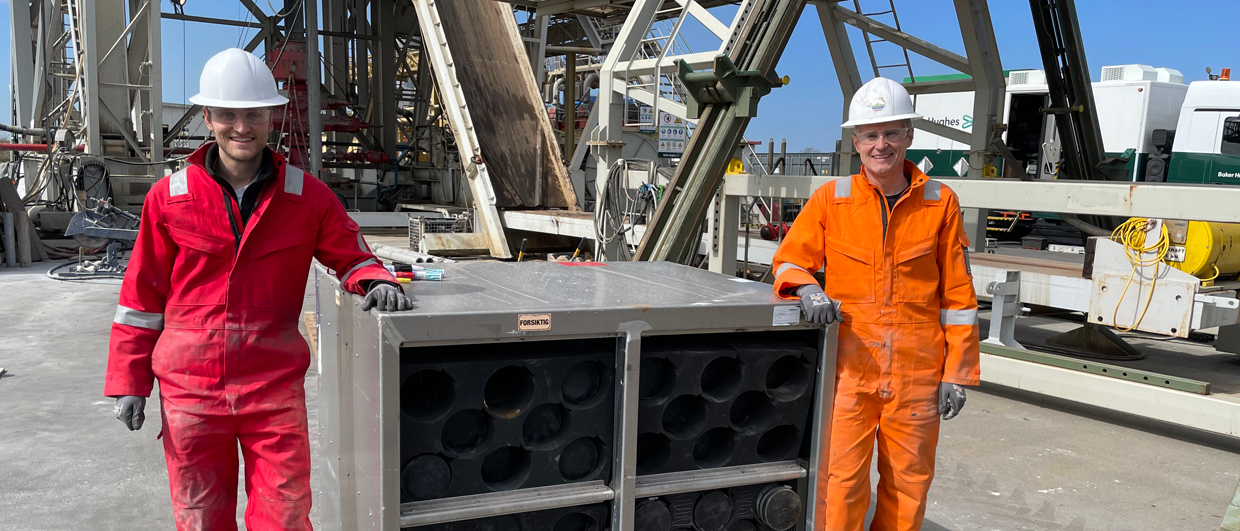The Munich area in Germany is lucky when it comes to its geothermal potential. There is a good Upper Jurassic carbonate reservoir at the right depth, and the water composition is also favourable when it comes to scaling and corrosion. “However, even though we don’t have the same challenges with scaling as projects have elsewhere, we still face them,” says Benedikt Broda from Stadtwerke München (SWM).
The utility energy company operates six deep geothermal projects in the city and Greater Munich Area, three of which suffered from calcium carbonate scaling in the production tubing.
“By not doing anything, we saw a growth of 2 to 3 mm per year in the tubing, especially at projects where the temperature of the produced water exceeds 100° C and where flow rates are higher than 100 l/s,” Benedikt says.
In addition, scaling also adversely affects the operation of the ESP, the electronic submersible pump. And that device also happens to be the heart of the geothermal doublets. Replacing the ESP means the project is at a standstill for more than 10 days, including the mobilization of all the kit required to lift the pump out of the well. “We used to do this once or twice a year,” Benedikt says, “whilst also doing cleanups of the well to remove the carbonate scale.”
That’s why SWM invested in an R&D project to investigate ways to prevent scaling from happening, in which Benedikt played a key role. “Starting in 2012, we have now found a good candidate, which consists of a biodegradable polymer that prevents precipitation of carbonates very efficiently. We need less than 1 l of it per hour,” he explains, “against a total pumped volume of water of 400,000 l/hr.”
SWM also developed an innovative way to inject the inhibitor into the production stream downhole. Rather than using another pump, which is prone to failure as well, they use the downhole versus surface plant pressure difference, which causes the fluid to be injected by itself.
“We tested the inhibitor in a bypass circuit first, before starting to inject it in the well below the ESP,” Benedikt explains. “We subsequently reduced the dose to set the minimal dosage required to prevent scaling. And now, at one of the projects where we apply the inhibitor, the production well has been in operation for two years already without any problems. That is a big leap forward.”
And the future is important, as SWM plans to drill 50 more deep geothermal wells in the years to come. Not all of these will require scaling inhibitors, but a handful will, “and having an adequate solution in place supports the economics of these projects significantly,” Benedikt concludes.





